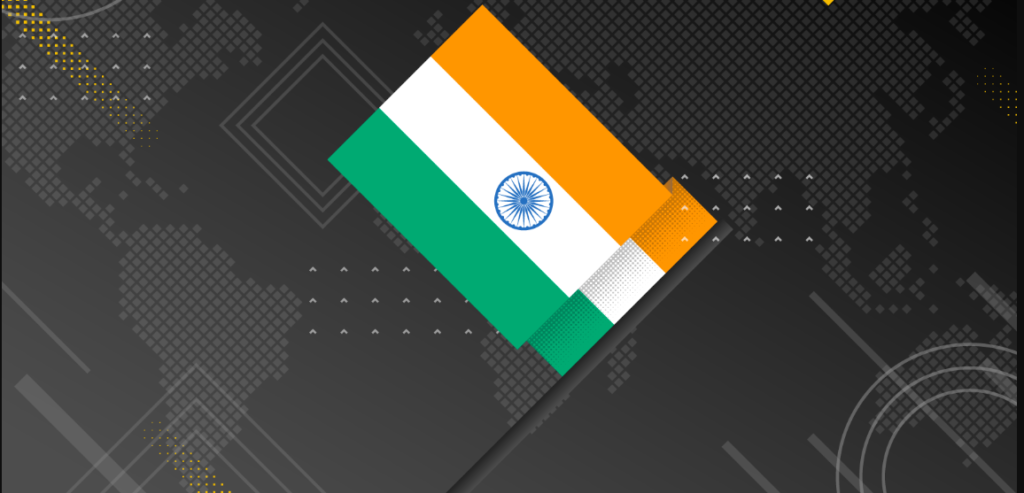The leading policy think tank working for the government of India, Niti Aayog, has come out with a strategy document recognising many crucial areas blockchain technology can significantly benefit the country.
Known as Blockchain: The India Strategy — Towards Enabling Ease of Business, Ease of Living and Ease of Governance, the 59-page policy paper is the first of two-part papers to be published by NITI Aayog. The first discussion paper covers the basics of distributed technology, its potential framework for India, the implementation challenges, lessons from NITI Aayog’s own PoCs, its use cases, and recommendations for India’s national blockchain strategy.
Here are the main takeaways from the NITI Aayog’s discussion paper:
NITI Aayog: Understanding Blockchain For Government of India
As part of the document, NITI Aayog recognised Blockchain technology by giving an explainer.
It said, “new data can be added to a blockchain only with an agreement between the various nodes of the blockchain network, a mechanism known as distributed consensus. Every node of the distributed network has its own copy of blockchain’s data and checks the other nodes’ data authenticity – if one node changes its local copy, the other nodes reject it. New data is added to the new block, and once added, it is immutable. Older data can neither be deleted nor modified because a snapshot of it is captured in the blocks of data that come after it.”
According to NITI Aayog, governments must give special attention to decentralised networks where peer-to-peer transactions can build more socio-economic value.
NITI Aayog has conducted PoCs in four areas in an attempt to assess the power of distributed ledgers in providing enhanced efficiency and improved possible hurdles in execution, like Track and trace’ of drugs in the pharma drug supply chain, claim verification and approval in the disbursement of fertiliser subsidies, verification of university certificates, and transfer of land record ownership
In one of the PoCs for the fertiliser subsidy pilot undertaken by NITI Aayog, the challenge was minimising the turnaround period for reimbursement of subsidies payments and freight claims. The existing workflow was filled with inefficiencies, including multiple systems of record, limited visibility for inventory stocks and low trust in the data created for claim processes.
NITI Aayog: Blockchain Upskilling In India
According to the paper, there is a dearth of blockchain developers. It said that based on the most aggressive evaluation worldwide, the number of qualified blockchain developers is not more than 10,000 in total, which NITI Aayog discussion paper identifies both as a challenge as well as an opportunity. It mentions that this in contrast to the total developers in blockchain to the total number of Java developers, which are more than 10 million across the world. The positive news though Draft Discussion Paper Blockchain says that underlying blockchain programming language is not very different to the popular programming languages such as Java and Python, and existing programming community can be upskilled to blockchain programming.
Blockchain In Healthcare
Using blockchain technology for a unified data system, NITI Aayog had another blockchain PoC in India with different partners in the healthcare industry domain. In this context, the pilot was different from the previous pilots as the process was not completely ‘captive’ to one institution and needed large scale coordination for its successful execution. The partners who came together included drug manufacturers, to transporters and logistics service providers. The pilot also needed the integration of many independent IT systems for the transmission of data on the receipt and transport of goods, and an initiative was made to ensure that manual entry of information was restricted.

Blockchain In Education Certificates
NITI Aayog, in collaboration with the Indian School of Business (ISB) and Bitgram, worked on addressing the issues in educational certificates with a blockchain-based tool. The solution (called SuperCert) has a permissioned architecture with intelligent identity encryption and identity interlinking for issuance of educational certificates. The process involved making student identity, which is called Superidentity. A unique blockchain avatar of the identity is provided, along with a set of public and private keys. It also includes Issuance of certificate by the university, linked with Superidentity of the student, and creation of a hashed version of the certificate on the blockchain, which can help with verification of the certificate utilising the public key of the student and the public key of the university.
Also Read: HOW ETHEREUM BLOCKCHAIN IS DRIVING INNOVATION IN DEFI, GAMING & NON-FUNGIBLE ASSETS
























